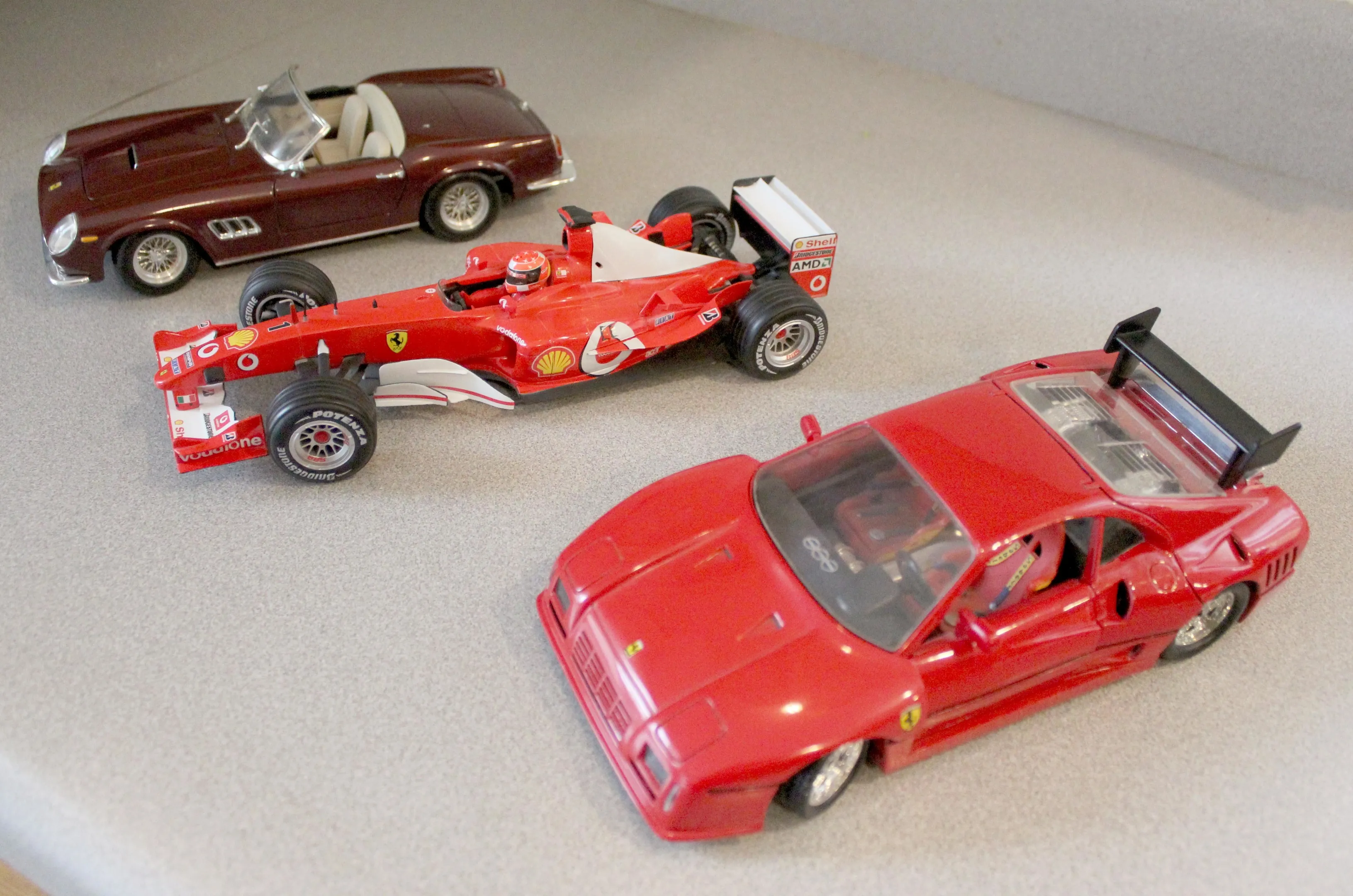What are Diecast Cars
Diecast cars are miniature model vehicles produced using a die-casting process. This involves injecting molten metal, typically zinc alloy, into molds to create detailed and durable replicas of real-life automobiles. These models are not mere toys, they are collectible items, historical artifacts, and expressions of automotive passion. The level of detail can vary greatly, from simple, mass-produced toys to highly detailed, meticulously crafted models that appeal to serious collectors. The hobby offers a wide range of vehicles from vintage classics to modern supercars, making it an attractive hobby for diverse enthusiasts. The appeal lies not only in the aesthetics of the models but also in the history they represent and the community of collectors who share a common interest.
The History of Diecast Cars
The origins of diecast cars can be traced back to the early 20th century when they began as small, durable toys made for children. Initially, these models were simple representations, but they quickly evolved in complexity and detail. This evolution mirrored advancements in manufacturing processes and the growing interest in automotive design. Early diecast cars provided children with a tangible connection to the vehicles they saw on the roads, and they sparked imagination and play. As manufacturing techniques improved, so did the quality and realism of the models, which eventually captured the interest of adult collectors.
Early Development
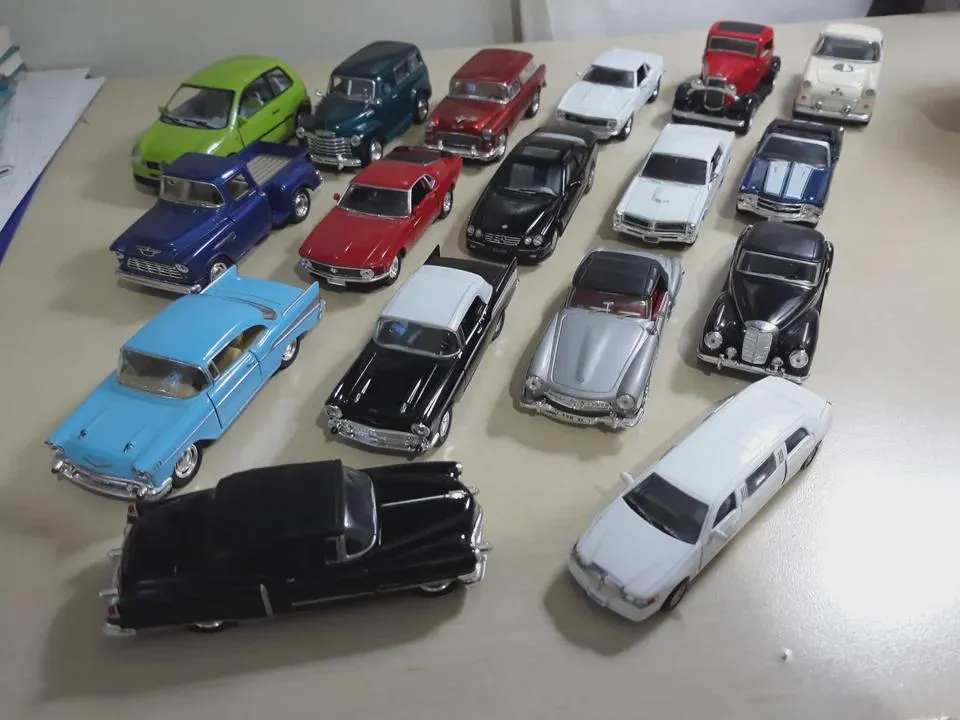
The earliest examples of diecast cars emerged in the early to mid-1900s, primarily as toys. These were simple, rugged models designed to withstand the rough play of children. Manufacturers like Dinky Toys and Corgi Toys were pioneers in this field, producing models that quickly gained popularity. These early cars were relatively crude compared to today’s standards, but they were significant for their time. They laid the foundation for the advanced models we see today, setting the stage for the diecast car hobby. These models introduced children to the world of automobiles and fostered a passion for collecting.
Popularity Surge
The popularity of diecast cars surged in the post-World War II era, fueled by advancements in manufacturing, an increase in disposable income, and the growing fascination with automobiles. New companies entered the market, and existing ones expanded their offerings. Detailed models that accurately replicated real-world vehicles became increasingly popular. Collectors began to appreciate the craftsmanship, detail, and historical significance of these miniature cars. This surge transformed the hobby into a significant market segment and cemented diecast cars’ place in pop culture.
Materials and Construction
Diecast cars are primarily made using a die-casting process, a manufacturing technique where molten metal is forced into a mold under high pressure. The most common material used is a zinc alloy, which provides an excellent balance of strength, detail, and affordability. Other materials, such as plastic and rubber, are also used for various components like tires, interior details, and windows. The combination of materials allows for the creation of detailed models that are both durable and aesthetically pleasing. The manufacturing process is highly precise, allowing for complex designs and intricate details.
Zinc Alloy Diecasting

Zinc alloy is the most commonly used material in the die-casting process due to its excellent properties. It has a low melting point, making it easy to cast, and it can reproduce intricate details accurately. Zinc alloy is also durable and resistant to wear, making it ideal for toys and collectibles that need to withstand handling. Die-casting with zinc alloy allows for the creation of complex shapes and designs that would be impossible with other manufacturing methods. This material enables manufacturers to create detailed and long-lasting models at a reasonable cost.
Painting and Detailing
The painting and detailing process is critical in bringing diecast cars to life. This involves applying multiple layers of paint to achieve the desired color and finish, along with precise detailing to replicate the features of the real-life vehicle. Techniques like tampo printing and pad printing are used to apply intricate graphics and markings. High-end models may use hand-painting techniques to add greater detail and realism. Quality control is essential to ensure that paint application is smooth and free of defects, and that all the details are accurately represented. The quality of painting and detailing significantly impacts the perceived value and collectibility of the model.
Scale and Sizing
Diecast cars come in various scales, which refer to the ratio between the model’s size and the actual size of the vehicle. Common scales include 1:18, 1:24, 1:43, and 1:64, with each scale offering a different level of detail and size. The choice of scale often depends on collector preferences, display space, and the availability of specific models. Larger scales, such as 1:18, offer the greatest level of detail, while smaller scales, such as 1:64, are more convenient for collecting and display. Understanding scales is essential for collectors as it affects the size and display of their collection.
Common Scales
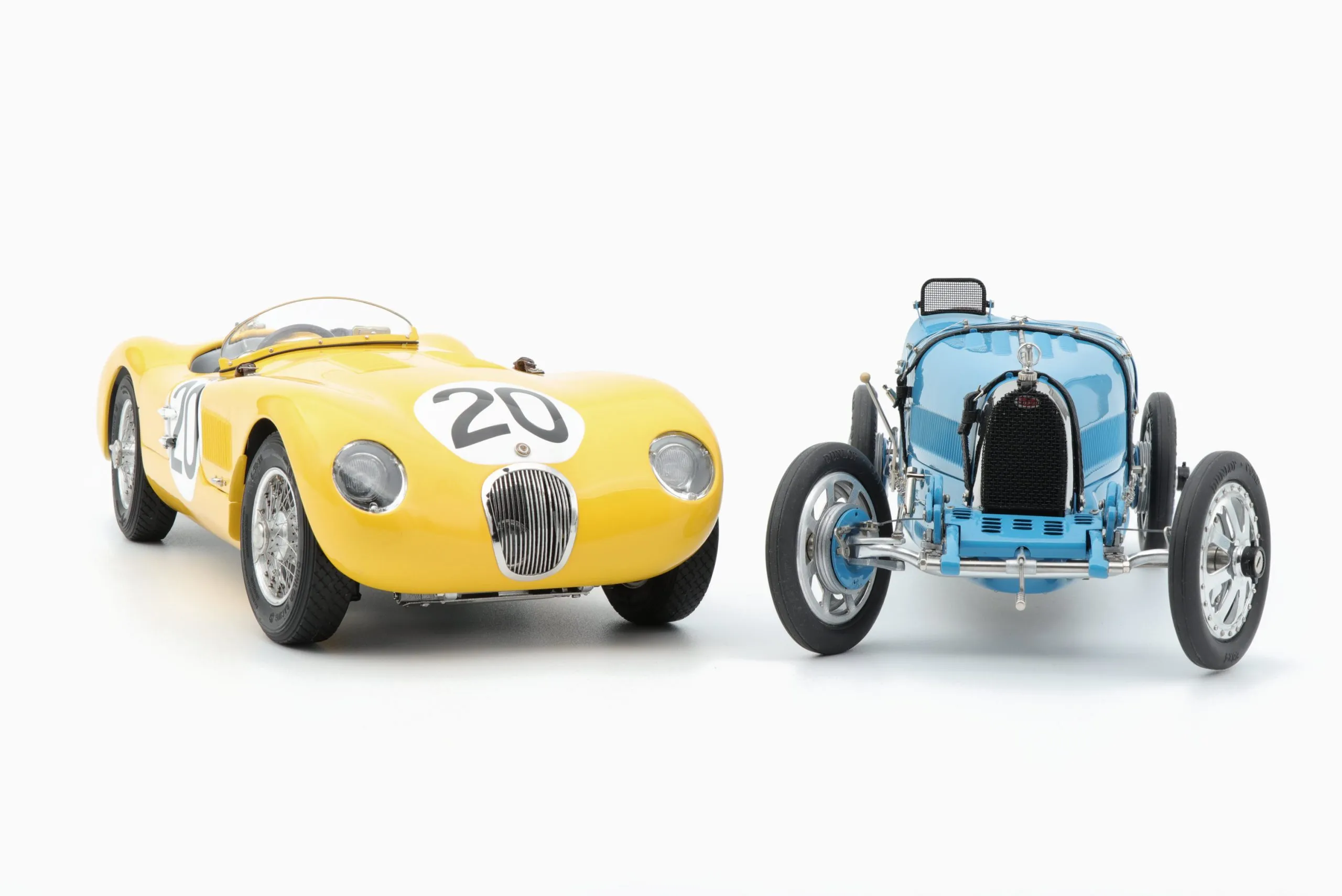
Several scales are commonly used in diecast car production, each catering to different collector preferences. 1:18 scale models are popular for their high level of detail and are often preferred by serious collectors who appreciate realism. 1:24 scale is also common and offers a balance between detail and size. 1:43 scale is widespread, providing a good compromise between detail and display space. Finally, 1:64 scale models are small, affordable, and easily collected, making them popular among a broader audience. Collectors often specialize in a specific scale or collect a variety, based on their interests and space.
Collecting Diecast Cars
Collecting diecast cars is a rewarding hobby that combines passion for automobiles with the joy of collecting. Collectors often focus on specific brands, models, scales, or themes, such as vintage cars, modern sports cars, or cars from a specific manufacturer. The value of a diecast car is determined by factors such as rarity, condition, detail, and historical significance. Building a collection requires research, patience, and a keen eye for detail. The diecast car community is vibrant, with clubs, shows, and online forums providing opportunities to connect with other collectors and share their passion.
Identifying Collectibles
Identifying valuable diecast cars involves understanding the factors that contribute to their worth. Rarity is a key element, with limited-edition models, prototypes, and those with low production numbers being highly sought after. The condition of the model is critical, with pristine examples commanding higher prices. Detail and accuracy are also important, as collectors appreciate models that closely resemble the real-life vehicles. Information from manufacturer, including production run and special features can help collectors determine the value. Researching and comparing models with similar items can help with valuations.
Factors Influencing Value
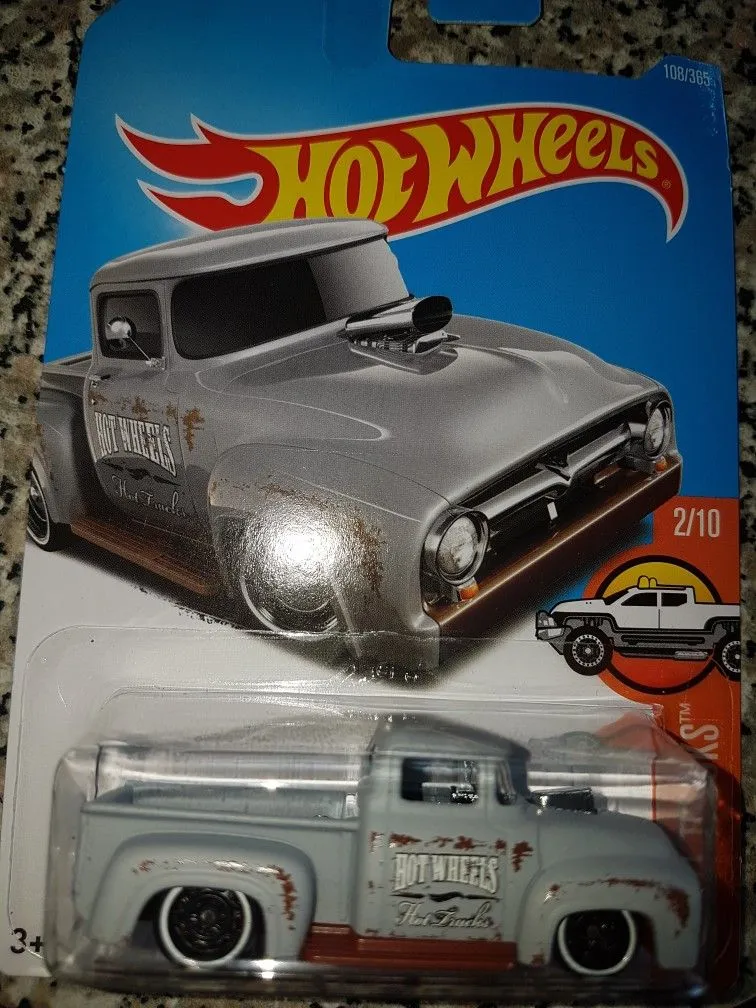
Several factors influence the value of diecast cars, including brand, model, scale, condition, and rarity. The reputation of the manufacturer, such as Hot Wheels, Matchbox, or others, can significantly affect value. Limited edition or special versions of models often fetch higher prices. Condition is a huge factor, with models in mint condition being worth significantly more than those with damage or wear. Historical significance and the model’s connection to a particular event or era also add to its value. Market demand, collector trends, and current prices also play a role in determining a diecast car’s worth.
Where to Buy Diecast Cars
Diecast cars can be acquired from a variety of sources, both online and offline. Online marketplaces offer a vast selection, allowing collectors to browse and compare models from different sellers. Local hobby shops and specialty stores often have curated selections and provide a hands-on experience. Auctions and swap meets are great places to find rare or vintage models, offering opportunities for competitive bidding. The choice of where to buy depends on the collector’s preferences, budget, and the specific models they are seeking. Researching and comparing prices from multiple sources ensures that collectors get the best value.
Online Marketplaces
Online marketplaces like eBay, Amazon, and dedicated diecast car websites offer a vast selection of models. These platforms provide access to a global market, allowing collectors to find rare and hard-to-find items. Online marketplaces offer convenience, the ability to compare prices, and the option to read reviews from other buyers. They also provide secure payment options and buyer protection policies. However, it is important to carefully examine the seller’s reputation, read product descriptions thoroughly, and check for authenticity before making a purchase. It is important to know the shipping costs and return policies before committing.
Brick and Mortar Stores
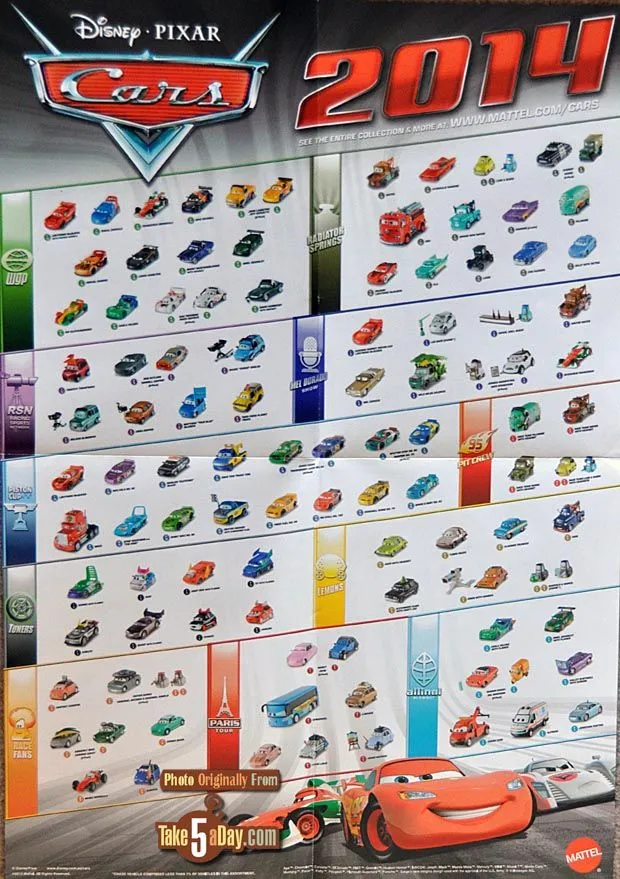
Brick and mortar stores, including local hobby shops, toy stores, and specialty retailers, offer a hands-on shopping experience. These stores allow collectors to inspect models in person, assess their condition, and interact with knowledgeable staff. They often have curated selections and can provide expert advice. Supporting local businesses helps maintain the hobby community. Buying from physical stores lets you avoid shipping costs and immediately take possession of the model. It allows the collector to discover new items and builds relationships with the community. These stores also host clubs and shows, connecting collectors.
Maintaining and Preserving Your Collection
Maintaining and preserving a diecast car collection requires careful handling, proper storage, and regular care. The goal is to protect the models from damage, dust, light, and extreme temperatures. Proper maintenance ensures that your collection retains its value and beauty over time. Establishing proper care habits ensures the longevity of your collection and the joy of ownership for many years. Collectors should invest time in learning how to preserve their models properly and establish routines to protect them from wear and tear.
Proper Storage
Proper storage is essential for preserving diecast cars. They should be stored in a cool, dry place away from direct sunlight and extreme temperatures. Using display cases or protective boxes can help to shield models from dust, moisture, and accidental damage. Consider using archival-quality storage materials to protect against long-term degradation. Avoid storing models in damp environments or areas with significant temperature fluctuations. Regular inspections and occasional dusting are also important to maintain their condition. Careful storage practices will preserve the value and beauty of your collection.
Cleaning and Care
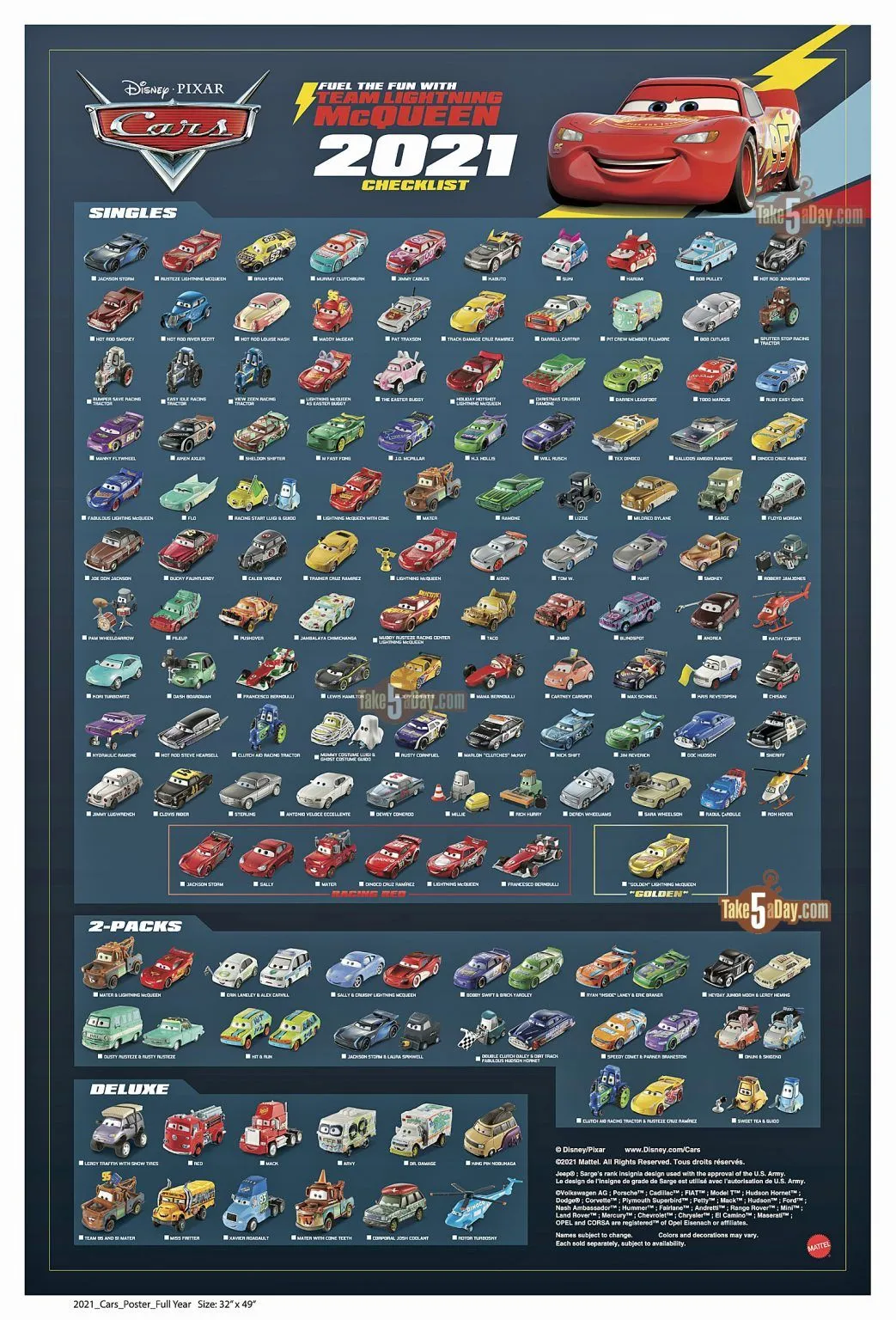
Regular cleaning and care help to maintain the appearance and condition of your diecast cars. Dusting regularly with a soft brush or microfiber cloth removes dirt and prevents scratches. Avoid using harsh chemicals or abrasive cleaners, which can damage the paint or detailing. Mild soap and water can be used to clean the models gently, but be careful to avoid getting water inside the model. Consider using specialized products designed for cleaning collectibles. Handle the models with clean hands and avoid touching the surfaces unnecessarily. Careful cleaning and care will ensure your collection remains in top condition.
Displaying Diecast Cars
Displaying your diecast car collection is a rewarding experience, allowing you to showcase your passion and share it with others. Choosing the right display method, whether it is a dedicated display case, shelving units, or custom setups, enhances the presentation and protects the models. Careful consideration of lighting, arrangement, and the surrounding environment can significantly elevate your collection. Proper display practices protect the models and add to their visual appeal, making your collection a point of pride. The right display reflects your personal style and shows the collection to the fullest.
Best Display Practices
The best display practices involve creating an aesthetically pleasing and protective environment for your models. Using display cases provides protection from dust, light, and accidental damage. Arrange the models in an organized manner, considering the scale, theme, or brand to create visual harmony. Provide good lighting to highlight the details and enhance the display. Avoid direct sunlight, which can fade the paint and degrade the models. Regularly dust and clean the display area to maintain the appearance of your collection. Thoughtful display practices will enhance the beauty and value of your models.
Protecting from Dust and Light
Protecting your diecast cars from dust and light is crucial for their long-term preservation. Dust can accumulate and damage the paint and details, while direct sunlight can cause fading and degradation. Display cases with UV protection are ideal for shielding models from harmful light. Regularly dust the models with a soft brush or cloth, and avoid placing them in areas where dust is prevalent. Consider using window films or blinds to reduce the amount of direct sunlight entering the display area. Proper precautions protect your collection from these environmental factors and preserve its value and beauty for years to come.
